American Graffiti superfan’s ’32 Ford replica preserves the movie’s magic
The first time that Joseph Reyer saw American Graffiti, it turned into an all-day affair—and ignited a lifelong obsession with the movie.
“I was about 13 when it came out,” Reyer says of the 1973 film created and directed by George Lucas. “My mom dropped me off at the movie theater, and it was so good that I called her afterward and said, ‘Don’t pick me up. I’m going to watch it again.’ Then I called her again and said, ‘Don’t pick me up yet. I’m going to watch it again.’ She said, ‘This is the last time!’”
It wouldn’t be.
“I’m such a huge American Graffiti fan,” the Detroit-area native says. “I’ve seen it probably 30 times, and I have it in all forms—VHS, DVD, Blu-Ray. I also have all sorts of memorabilia, including an original poster. I’m just nuts about this movie.
“It had such a profound effect on me, especially (John) Milner’s coupe. I couldn’t tell you the (name of the) first girl I kissed, but I can tell you the first car I fell in love with. That one.”

Reyer’s appreciation for the American Graffiti, which turns 50 later this summer, has never waned. Twenty-five years ago he bought a black 1955 Chevy 150 similar to the one that a young Harrison Ford (playing Bob Falfa) drove in the film. He still owns the car. “It isn’t a replica,” Reyer says, “but it’s black, turn-key, and gorgeous, so I went for it.” The seller also had a ’32 Ford, but as much as Reyer would have loved to buy it and recreate the yellow hot rod that Paul Le Mat (Milner) drove in the film, he decided against it. The financial math just didn’t make sense.
A detailed ’32 Ford replica became his holy grail.
***
Reyer’s passion for cars came from both his parents, but his father, Joe, was his biggest influence. “My dad was very supportive of my love for cars. I can remember sitting on the fender of his ’64 Impala. He said he never had to look for me because he always knew he could find me in the garage.”
The son not only followed his father into the garage but also in his professional footsteps, becoming an electrician for Ford Motor Company. “Dad worked at the Michigan Truck Plant for 35 years, and I worked there for 15. He always encouraged me. He really made all of this possible.”
For its part, American Graffiti opened doors for nascent talents to break into the movie business, many of whom became Hollywood heavyweights. Even Lucas, whose resume to that point included just one film—a sci-fi flick called THX 1138—can look to Graffiti as his launch pad to stardom. Reflecting on his own experiences with cars, cruising, and rock ’n’ roll music as a teenager in Modesto, California, Lucas needed only three weeks to write the movie’s coming-of-age script about one end-of-summer night in 1962. That was after his friends, screenwriters Willard Huyck and Gloria Katz, had to back out to work on another film.
“Like most kids who grew up in the Valley, I had a strong interest in cruising,” Lucas said in a documentary included on the Blu-Ray edition of American Graffiti. “When I got to college (at the University of Southern California), I studied anthropology and began to realize that [cruising] was a uniquely American dating ritual involving automobiles.
“When I came up with the idea of doing the movie … I really felt compelled to document the whole experience of cruising and what my generation used as a way of meeting girls and what we did in our spare time. I wanted to document the end of an era, how things change—life passages—how you go from being a student into the real world.”
Lucas shopped the script around Hollywood, but he says “nobody wanted to do it.” After a rewrite, Universal agreed to make the movie, a decision that came no doubt with help from Lucas’ friend Francis Ford Coppola, who signed on as executive producer. Just before production began, Huyck and Katz—freed from their previous commitment—assisted in beefing up the script, particularly the love story of Steve Bolander (Ron Howard) and Laurie Henderson (Cindy Williams).
Lucas spent six months casting the film and says he “saw thousands of kids.” Those he ultimately chose to include in the film did not disappoint. The best known actor of the group was Howard, who starred as Opie on the Andy Griffith Show when he was a kid; the rest were basically unknowns—at the time, anyway. In addition to Howard, Williams, Ford, and Le Mat, the lead parts went to Richard Dreyfuss, Mackenzie Phillips, Charlie Martin Smith, and Candy Clark. Lucas also brought in legendary disc jockey Robert Weston Smith, better known as “Wolfman Jack,” to string together the 41 hit songs that serve as the soundtrack.

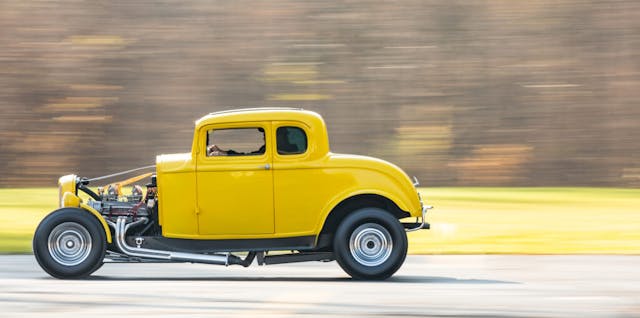
Henry Travers, the film’s transportation manager, was responsible for locating and maintaining the cars that Lucas wanted in the film, including the ’32 Ford (originally purchased for $1300), the ’55 Chevy (which was also used in Two-Lane Blacktop), the 1958 Chevrolet Impala driven by Howard, the 1958 Edsel Corsair driven by Williams, the 1967 Citroën 2CV (yes, a ’67 for a movie that was set in ’62) driven by Dreyfuss, the 1951 Mercury coupe driven by the Pharaohs, and the 1956 Ford Thunderbird driven by another newcomer, Suzanne Somers.
The entire movie was filmed in 28 days, mostly at night and on a budget of $750,000 (about $5.1 million today). There was no money for original music or incidentals. The budget was so tight, in fact, that between takes the cast members sat on the curb or rested in cars. Fancy trailers were nowhere to be seen.
As Howard recalled in the documentary, “I finally went to Francis and I said, ‘You know, Francis, I know it’s a low-budget movie; it’s great—the spirit of the movie is wonderful … Do you think we could have a chair? Could we just have chairs?’ And he said, ‘Well, no, there’s nothing in the budget for chairs.’”
American Graffiti went on to make $140 million.
“I met Paul Le Mat once about 20 years ago,” Reyer says, “and I said, ‘It looked like you had a great time making that movie.’ He said, ‘It was the greatest 30 days of my life.’”

***
Reyer, 61, saw plenty of replicas of John Milner’s ’32 Ford through the years, “but there was always just too much to do to make them right.” Then, in 2022, opportunity knocked: an astonishingly accurate replica came up for sale, built by Jack Bell and perfected in Arkansas by second owner Nick Coe, with help from Rob Pruitt, Dan Griffin, Tim Bowman, and Dr. Rachel’s Upholstery Clinic, which cloned the interior of the original.
“The more I looked at it, the more I thought, ‘Holy cow, this guy nailed this,’” Reyer says. “I mean it’s 99.9 percent correct. I’ve seen a lot of replicas over the years, and nothing comes close to this one. I thought, ‘This guy is as crazy as I am.’ I asked Nick, ‘Do we have a sickness?’ And he said, ‘Yes, we do. And it’s a good one.’”
Reyer just had to have the car.

Coe, a fellow American Graffiti fanatic, decided to let the yellow Deuce go only because his son was ill and he could use the money. Reyer assured him that it would be in good hands. “You still have visitation,” he promised.
Among the Ford’s movie-matching features are small-block 327 Chevy V-8 engine, Ansen swing pedals, interior trim off a ’56 Ford, steering wheel, piston gear shift knob, front axle, front chrome shocks, rear suspension, headlights and headlight bars, and tinted windows.
Reyer loves taking the Ford to car shows and advancing the American Graffiti gospel. “I want everybody to catch the bug,” he says. “I’m a super spreader.”
No one is immune, especially not his family, which includes son Jeremiah and daughter Christin, five grandchildren, and a sixth grandchild on the way. “I’m just the caretaker; this will be Jeremiah’s someday,” Reyer says. “And I’m going to get a gearhead out of one of those grandkids, you can be sure of that.”
It’s a lineage that began with his parents, particularly his dad.
“He would be as excited about this car as I am,” Reyer says of his father, who passed away in 2020. “I wish he was still here to see it come to fruition. I restored a ’66 F-100 pickup for him, and it was his pride and joy. I remember he’d look at it in the garage every night before he went to bed. I do that now with this car. I feel like I won the lottery.”
***
Check out the Hagerty Media homepage so you don’t miss a single story, or better yet, bookmark it. To get our best stories delivered right to your inbox, subscribe to our newsletters.
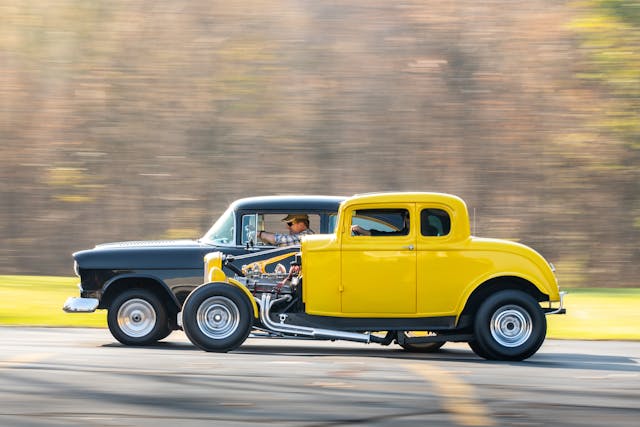
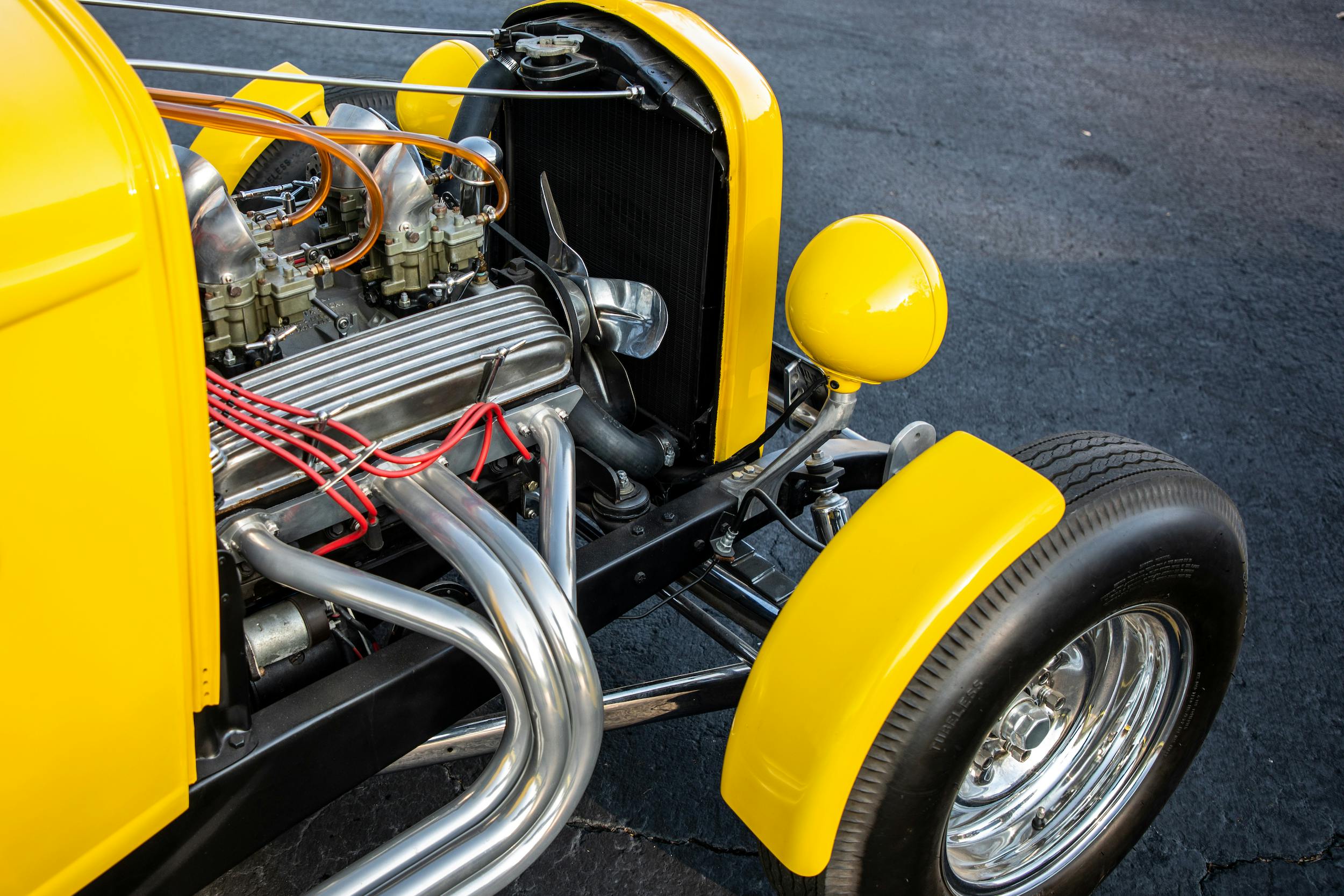
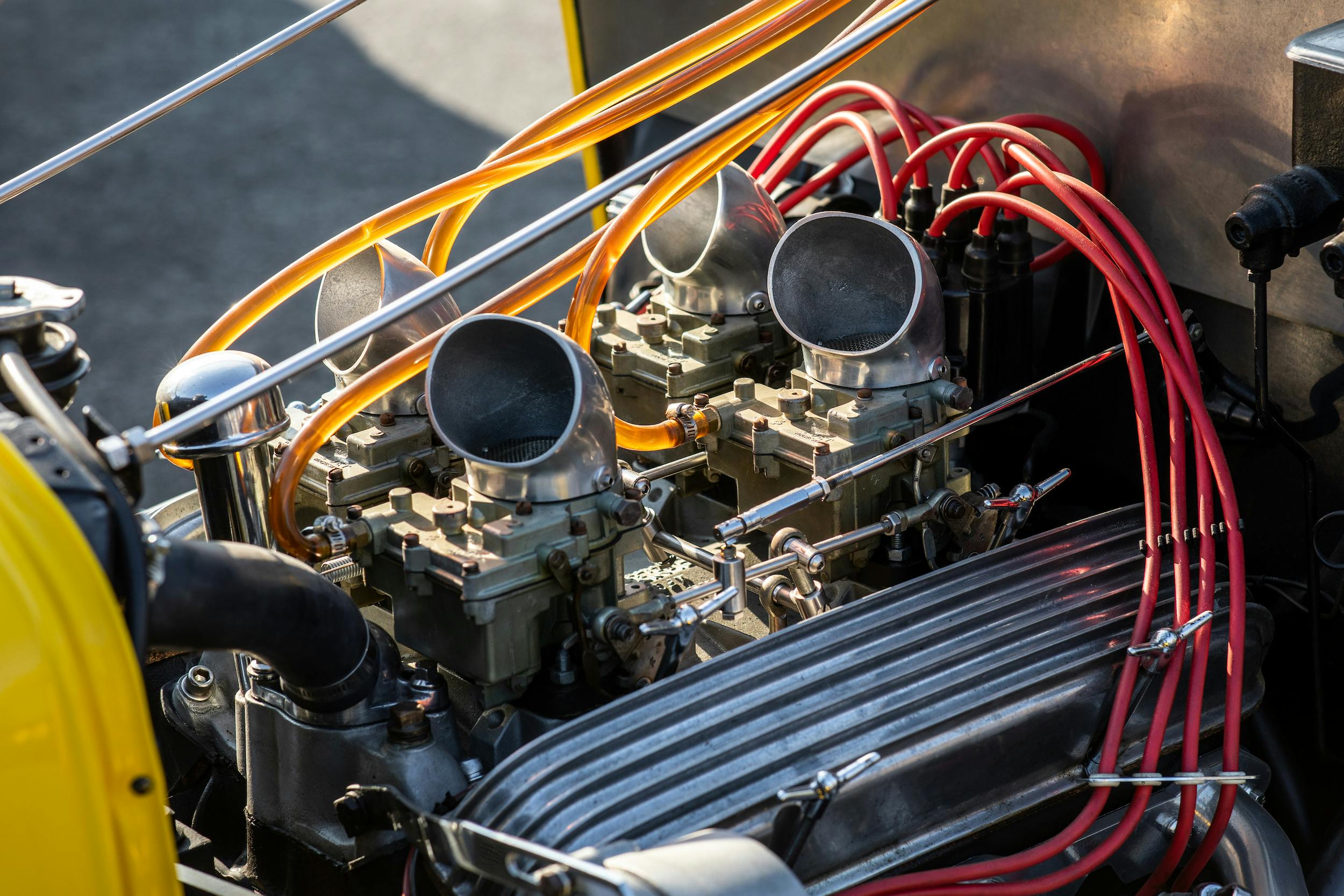

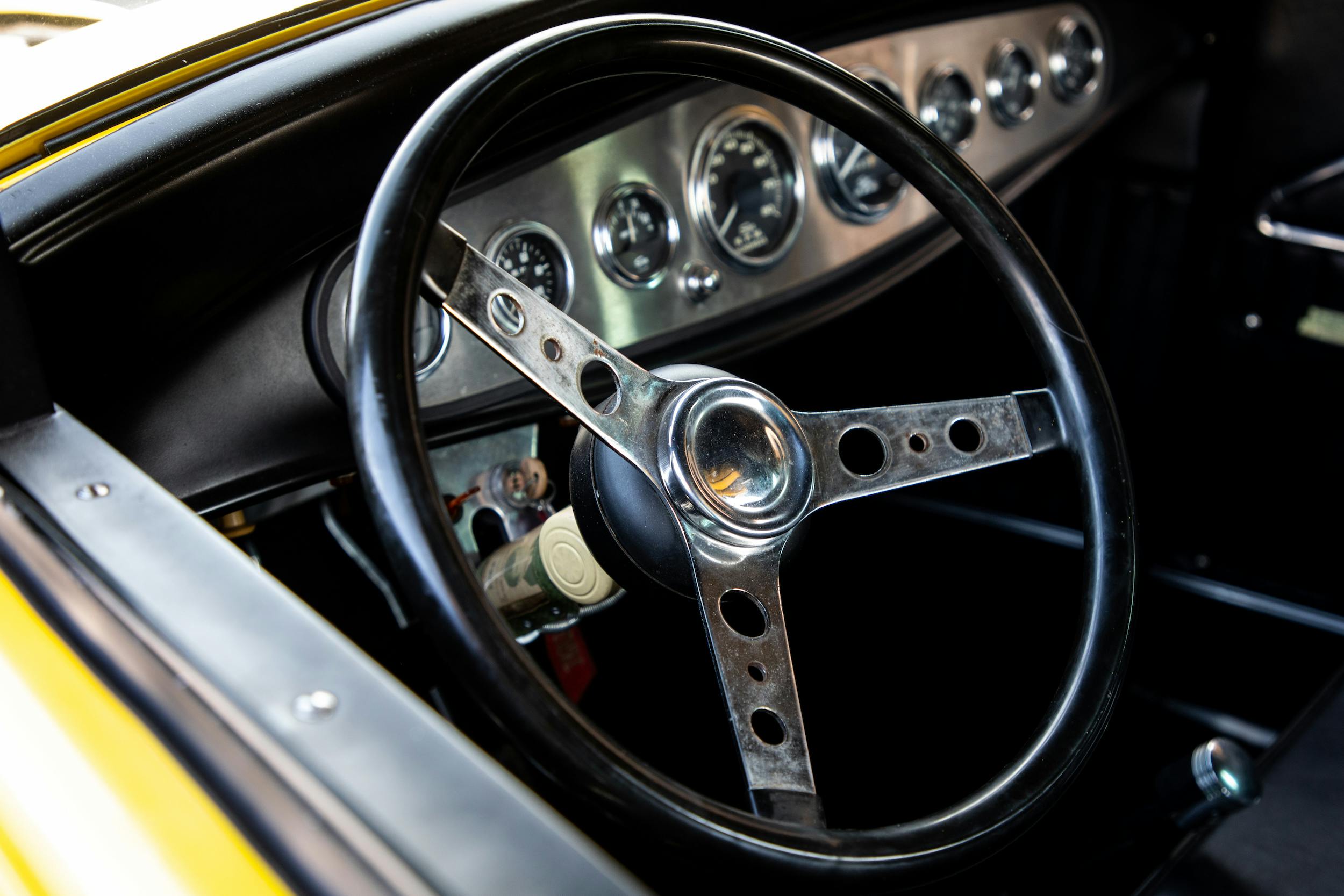
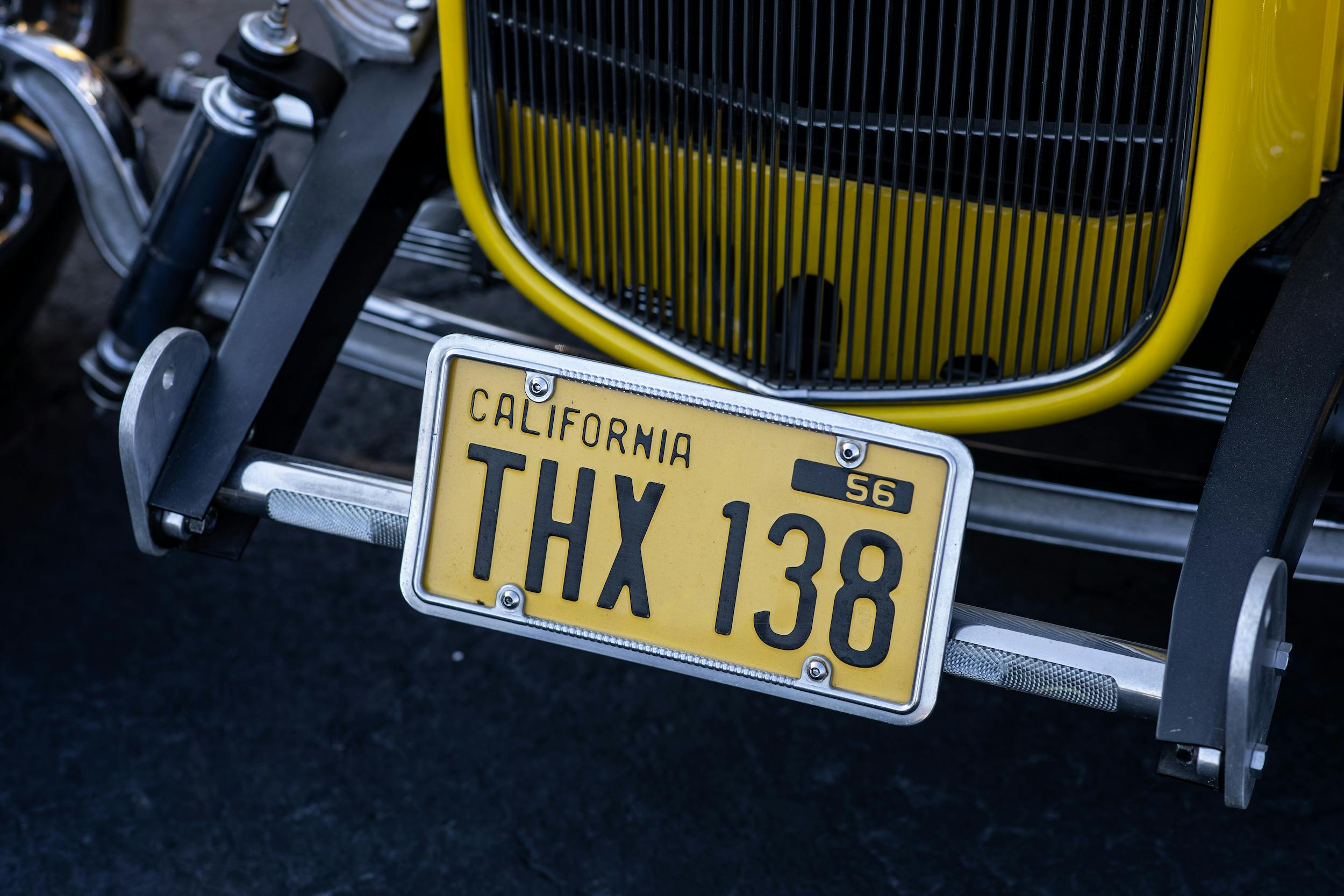
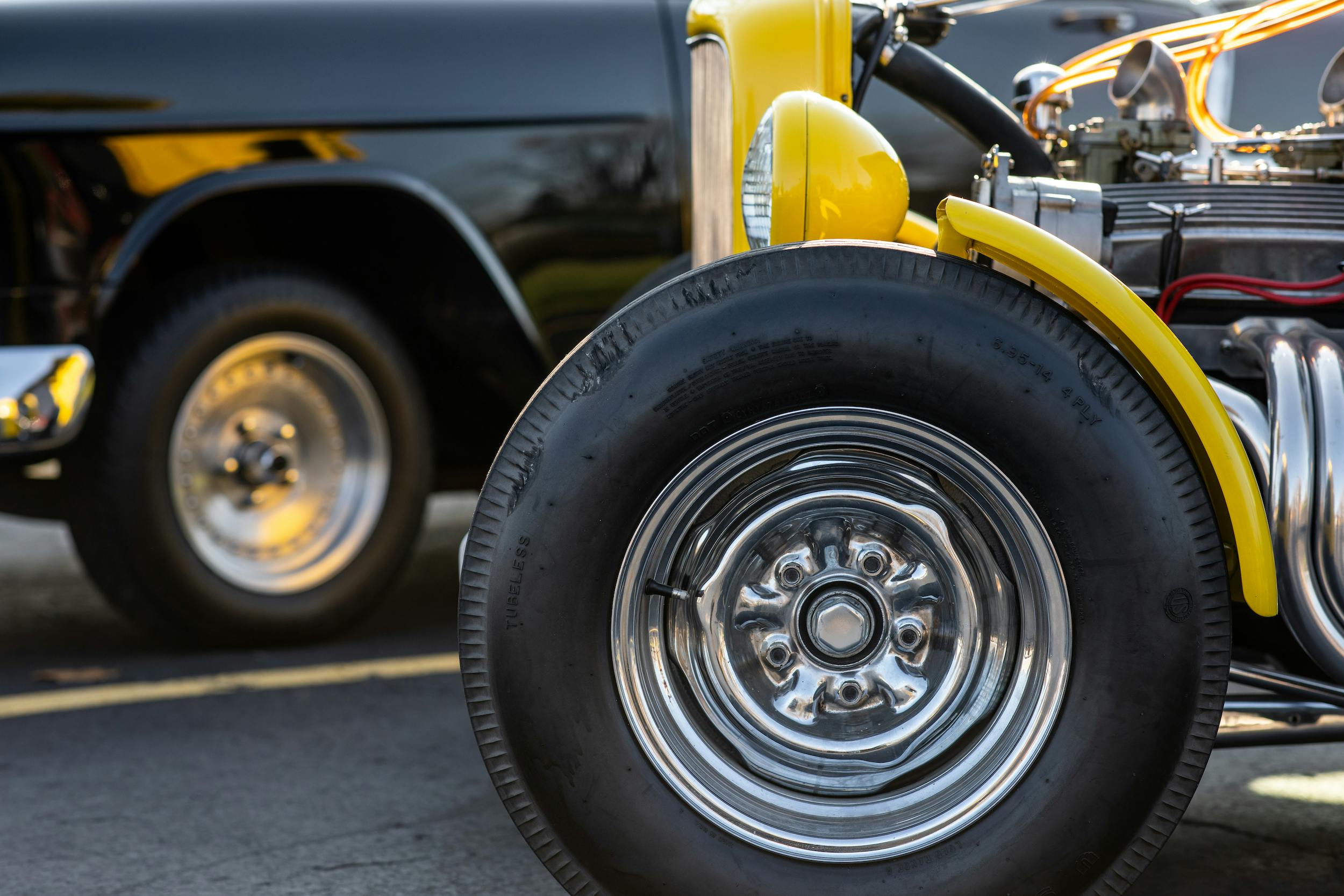
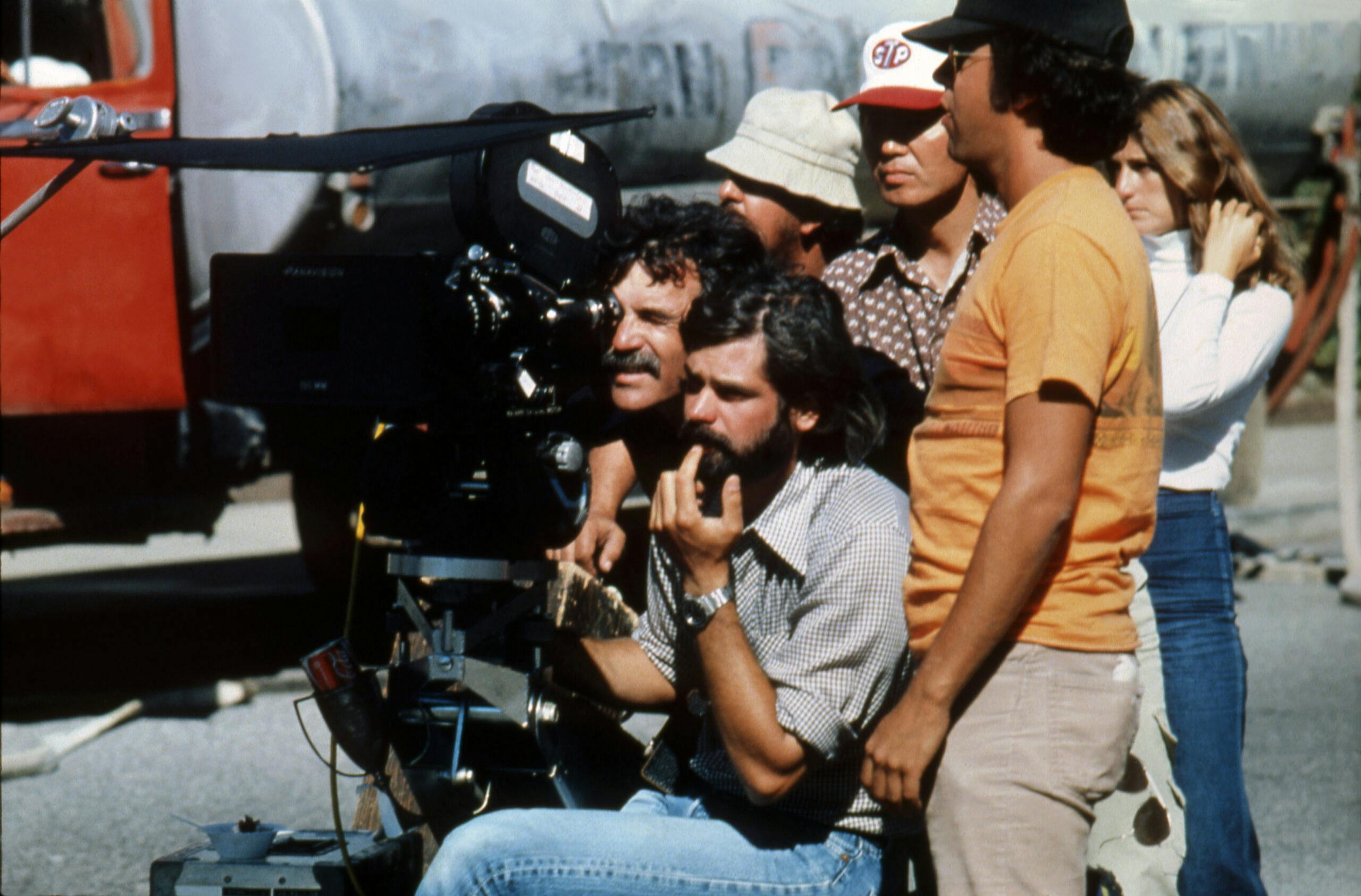
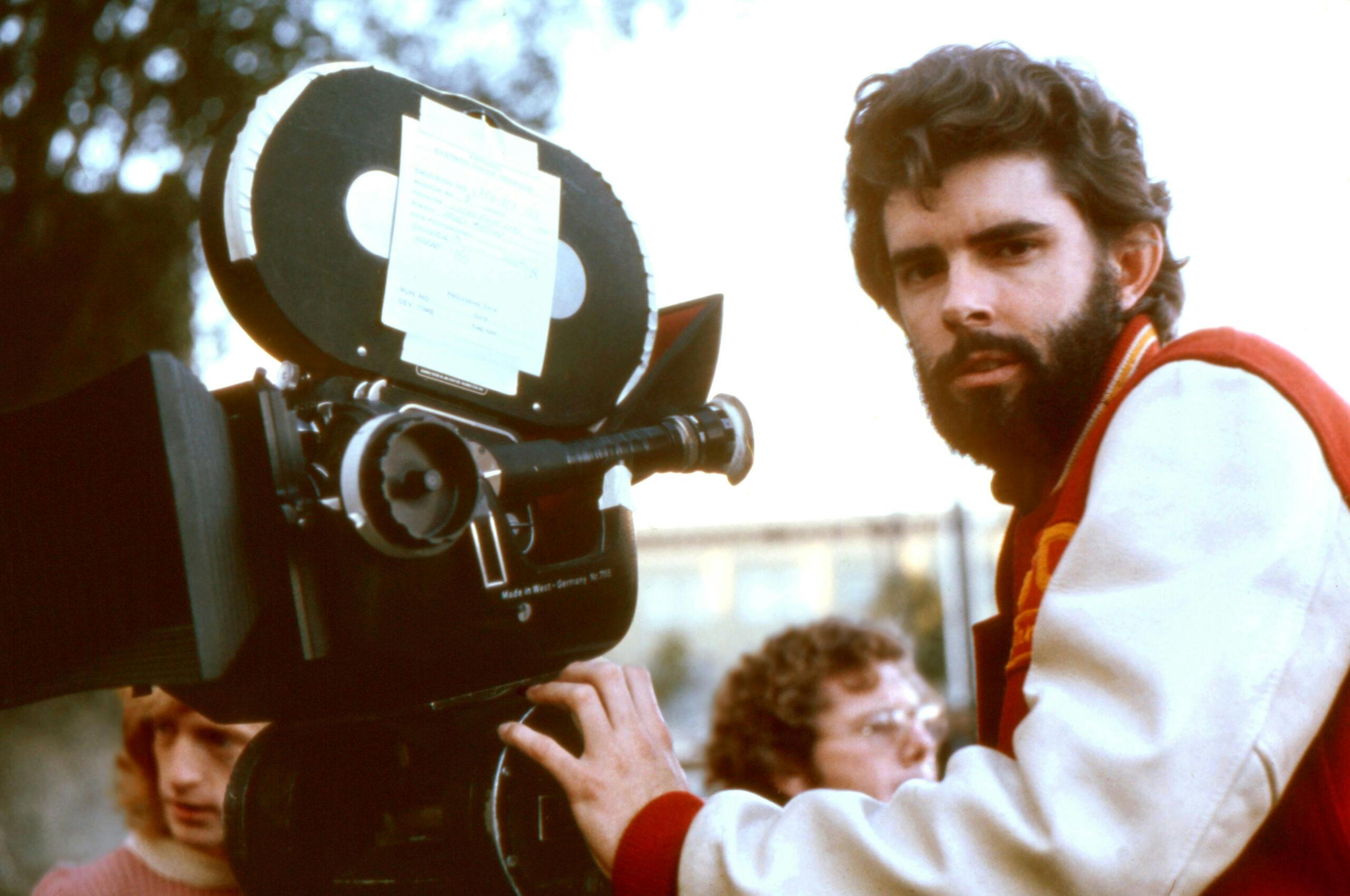

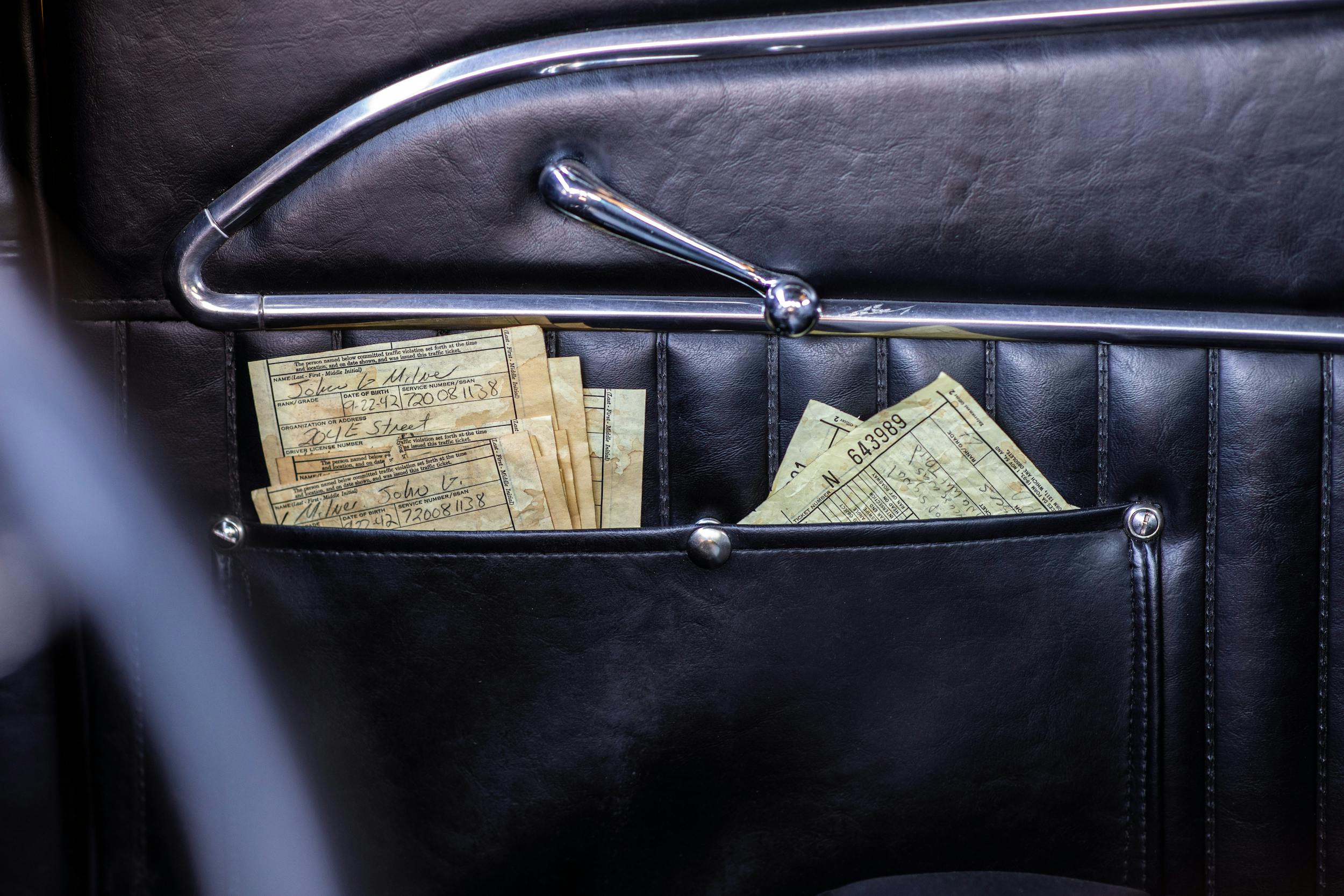
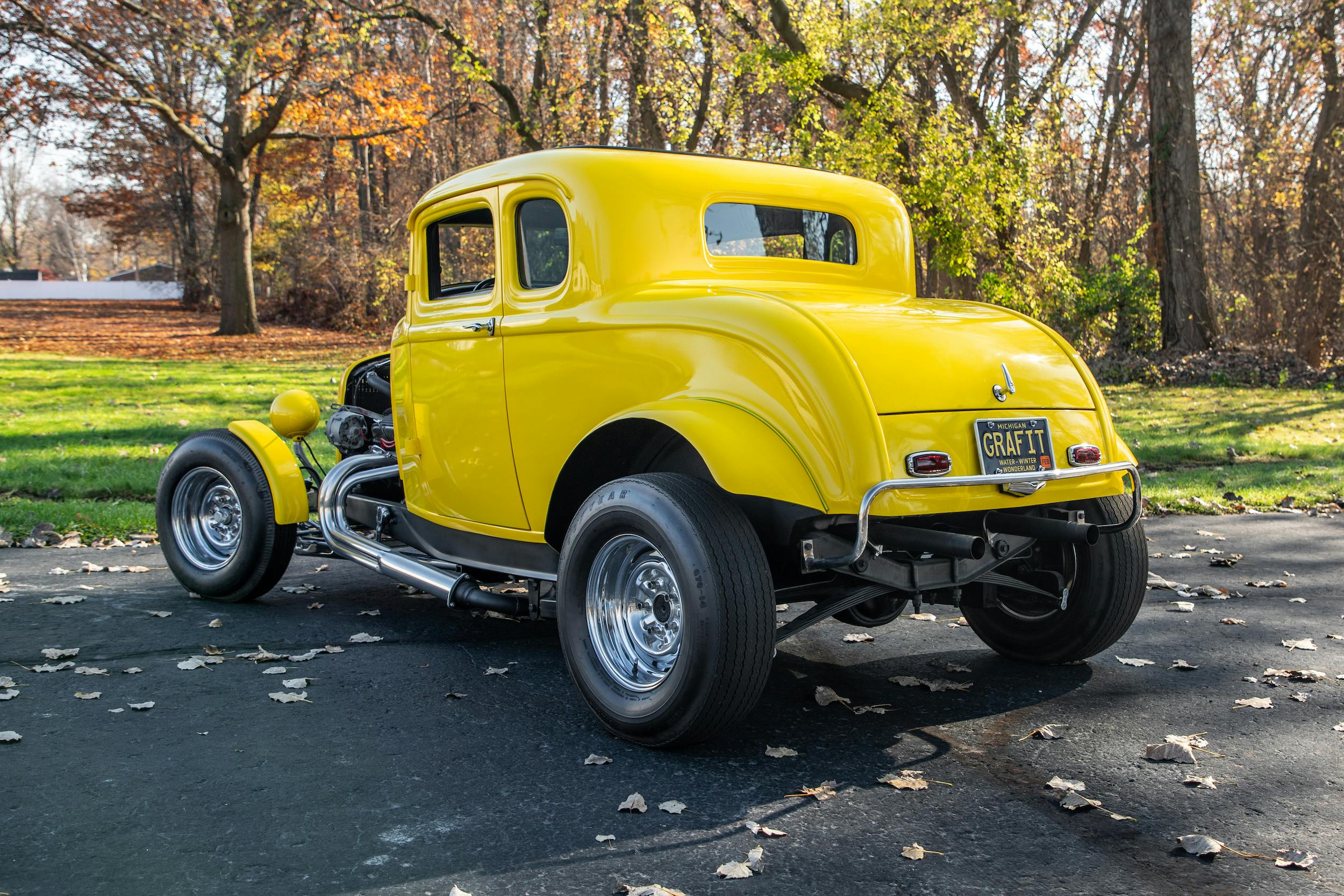
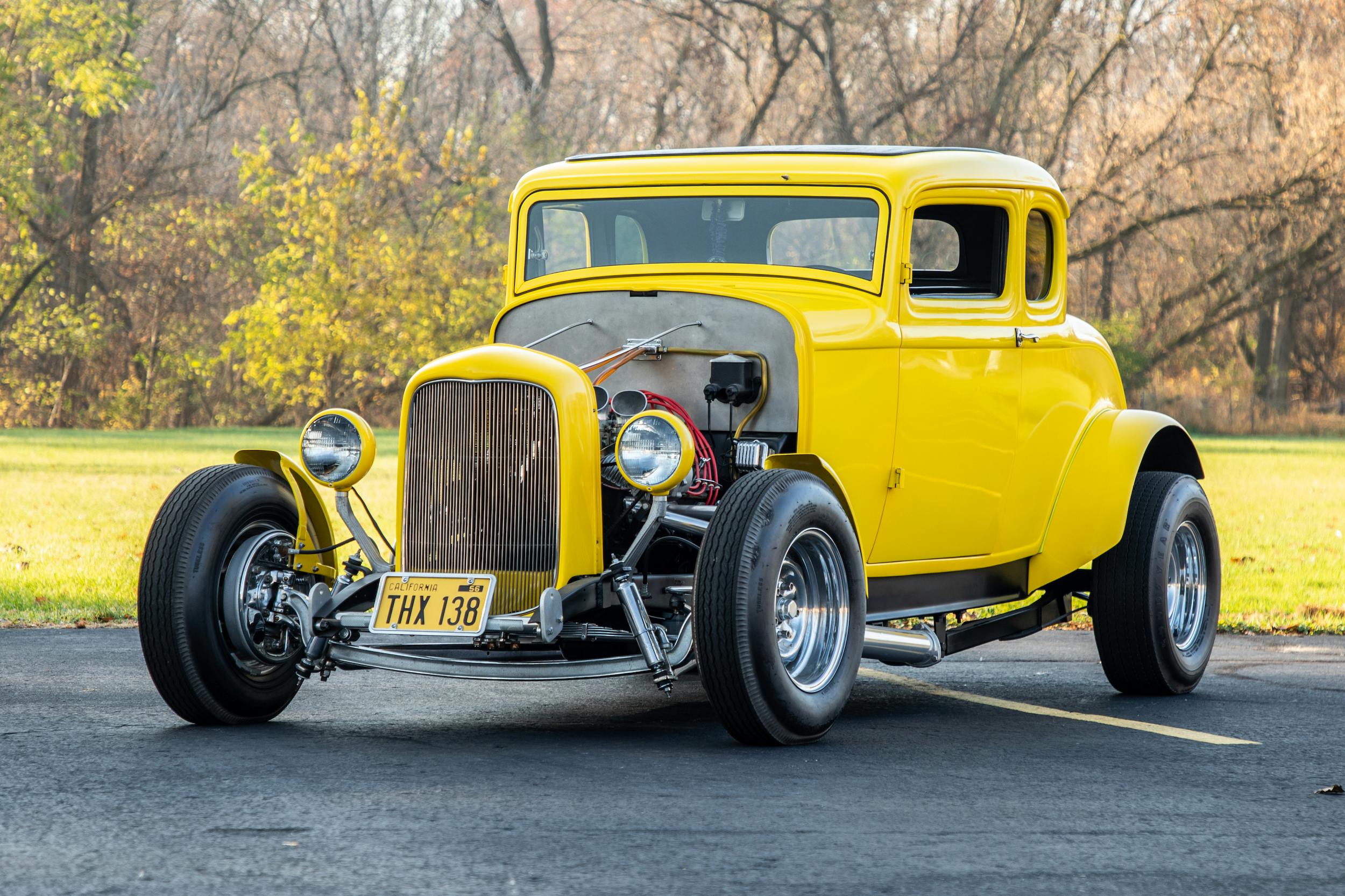
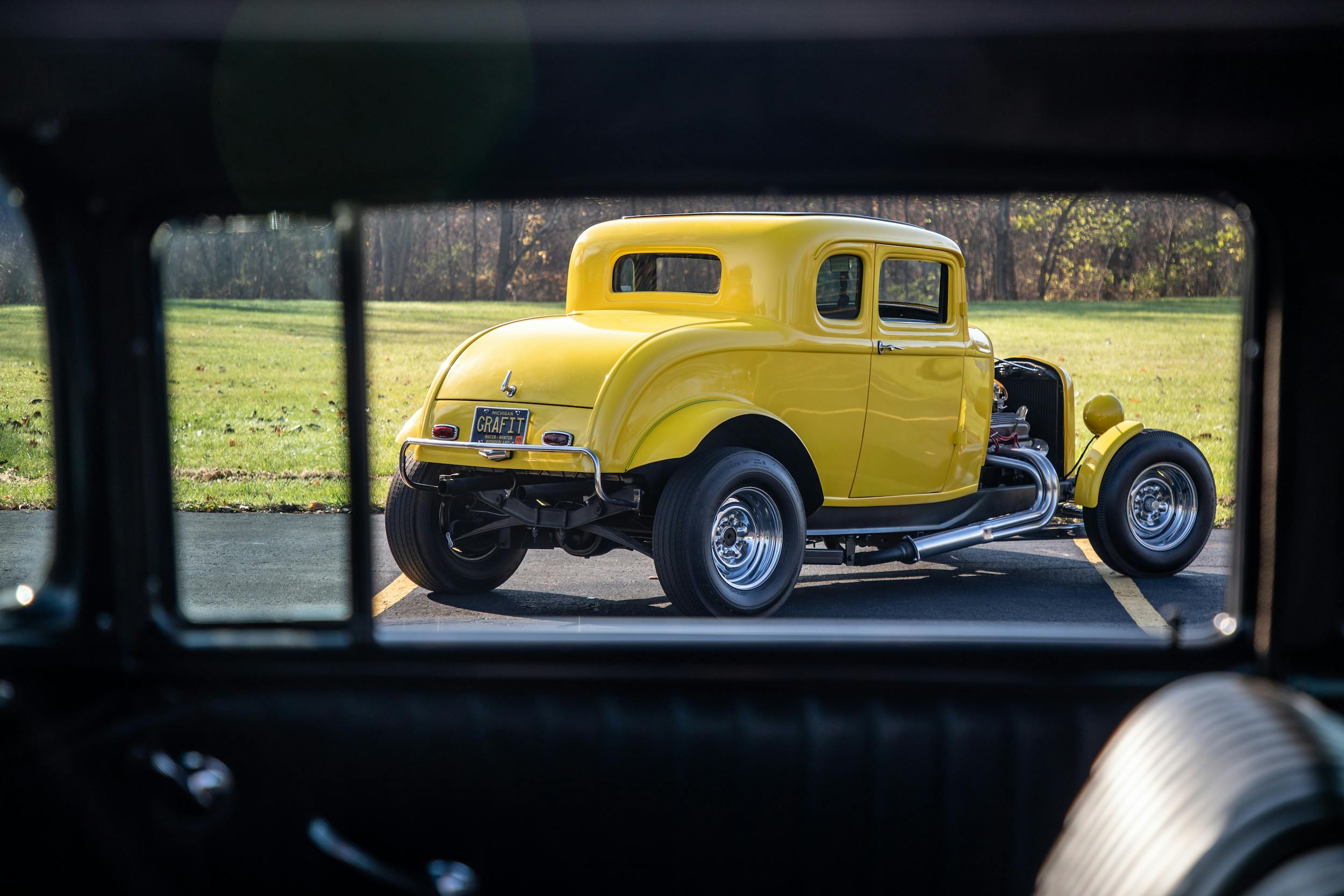
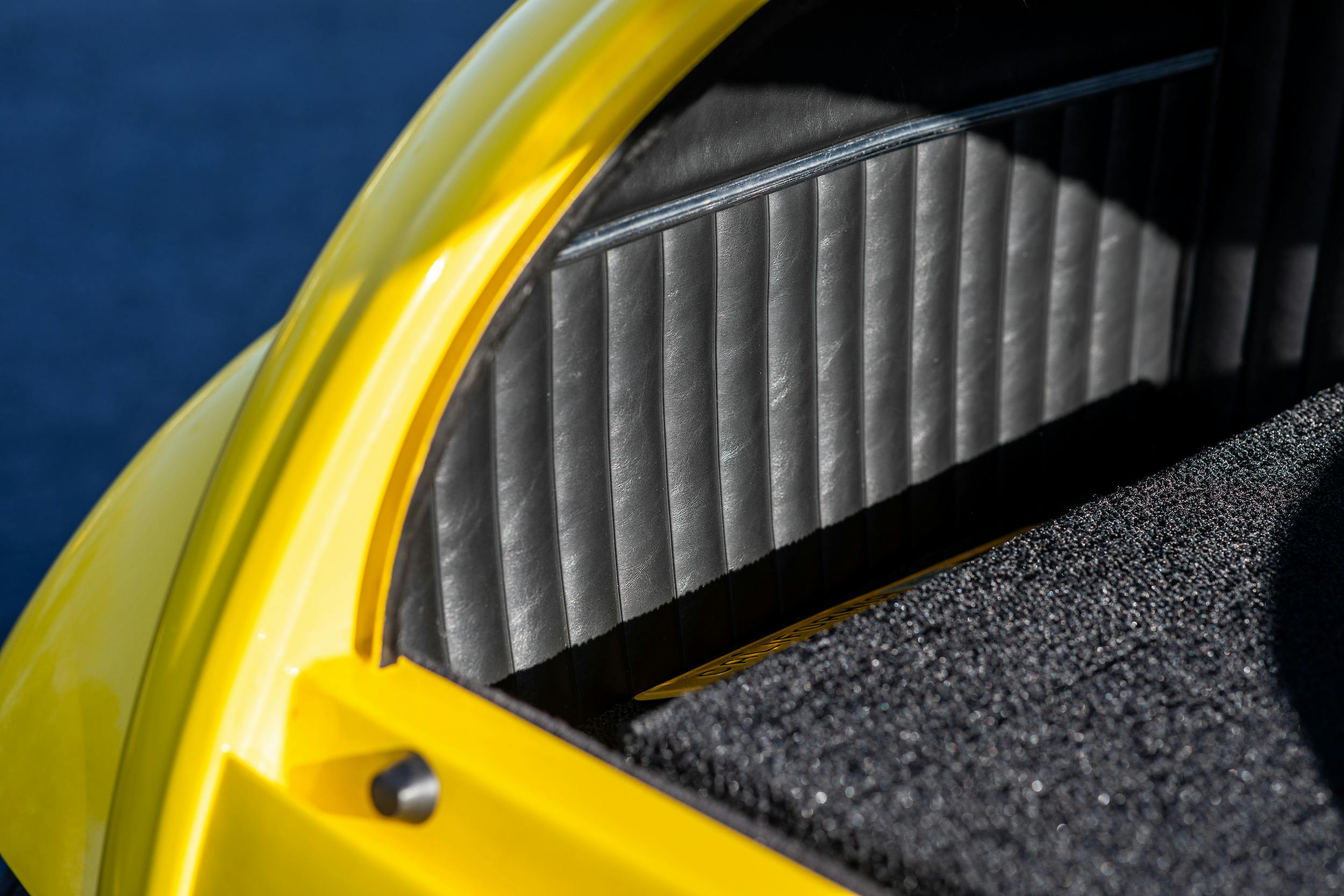
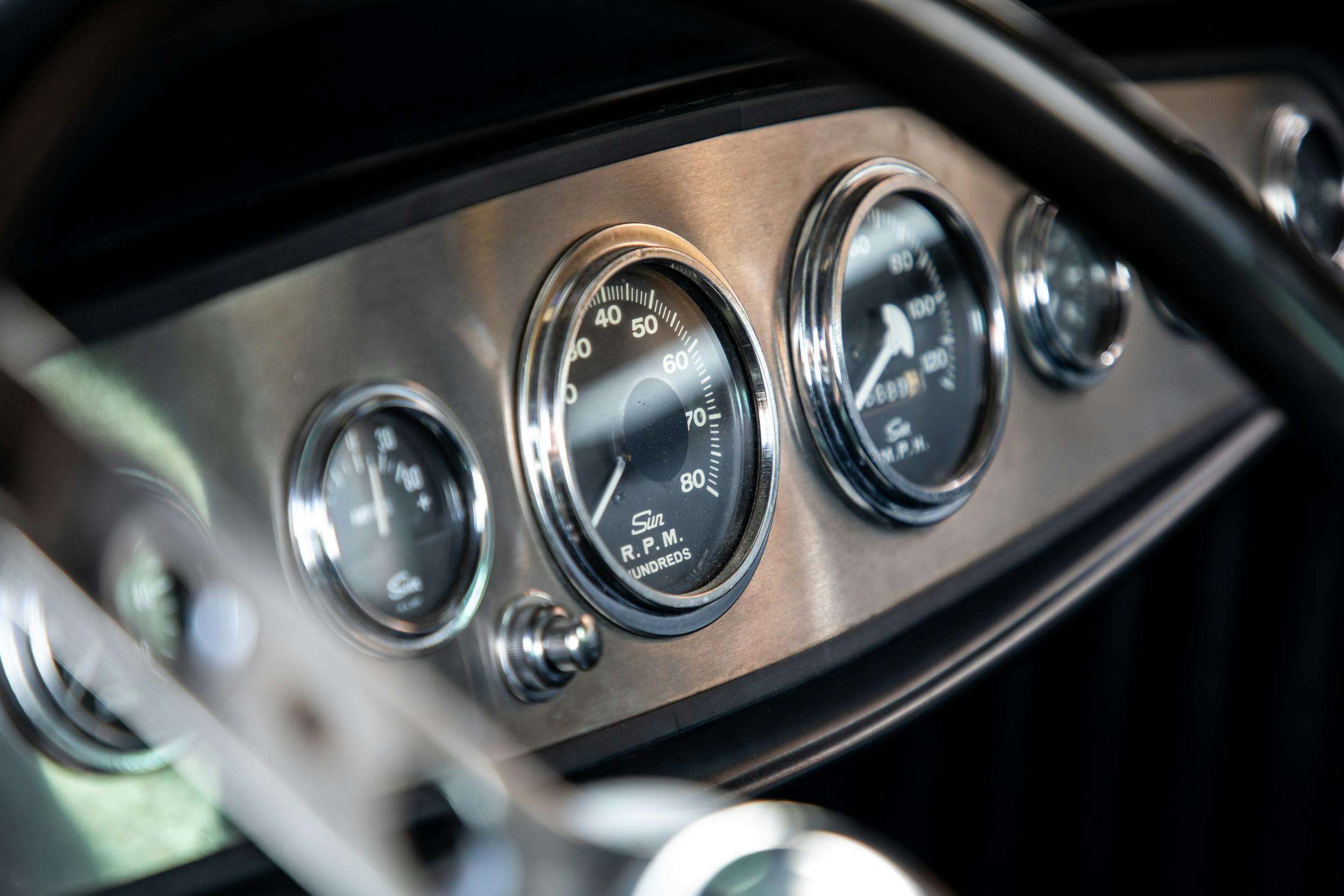
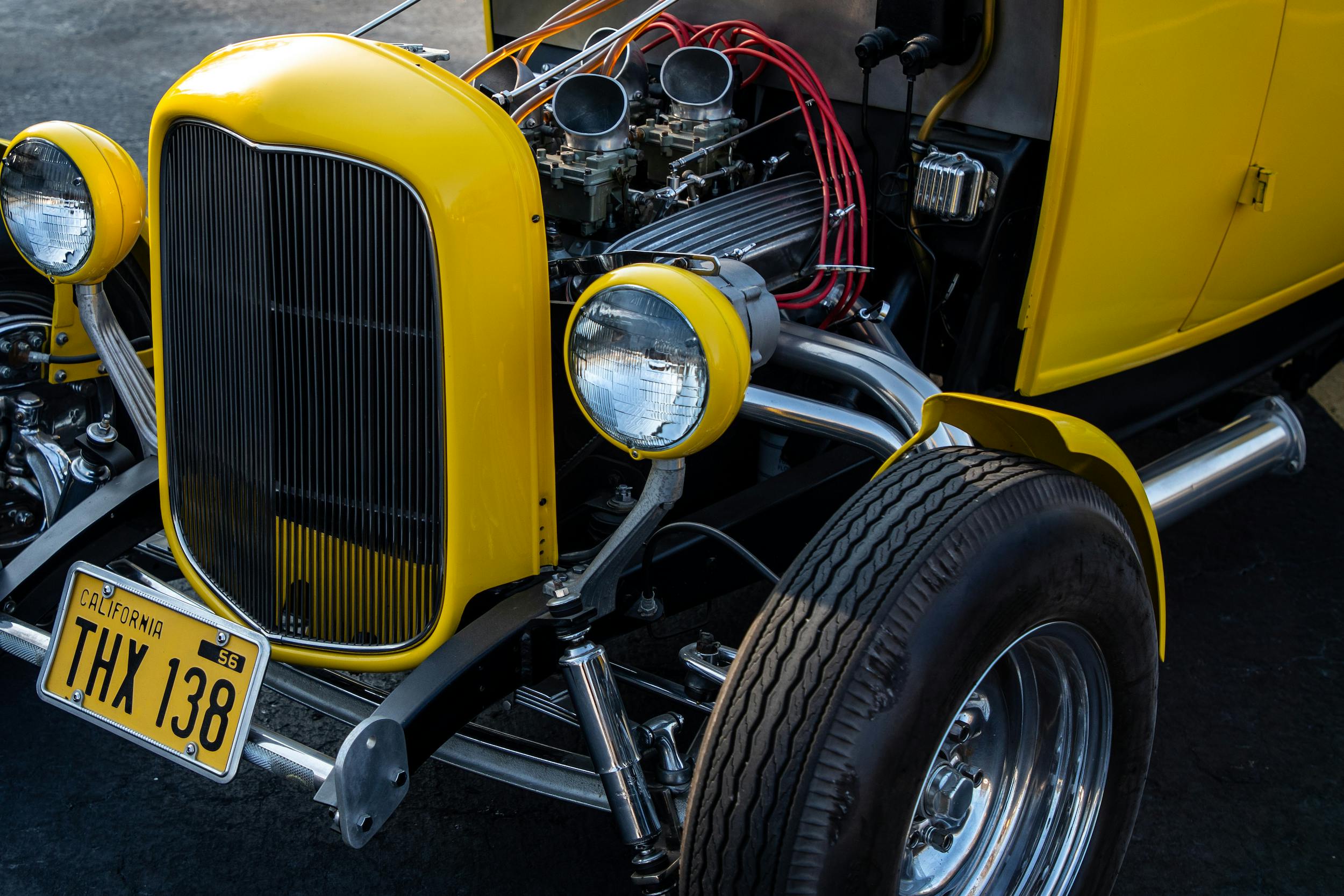
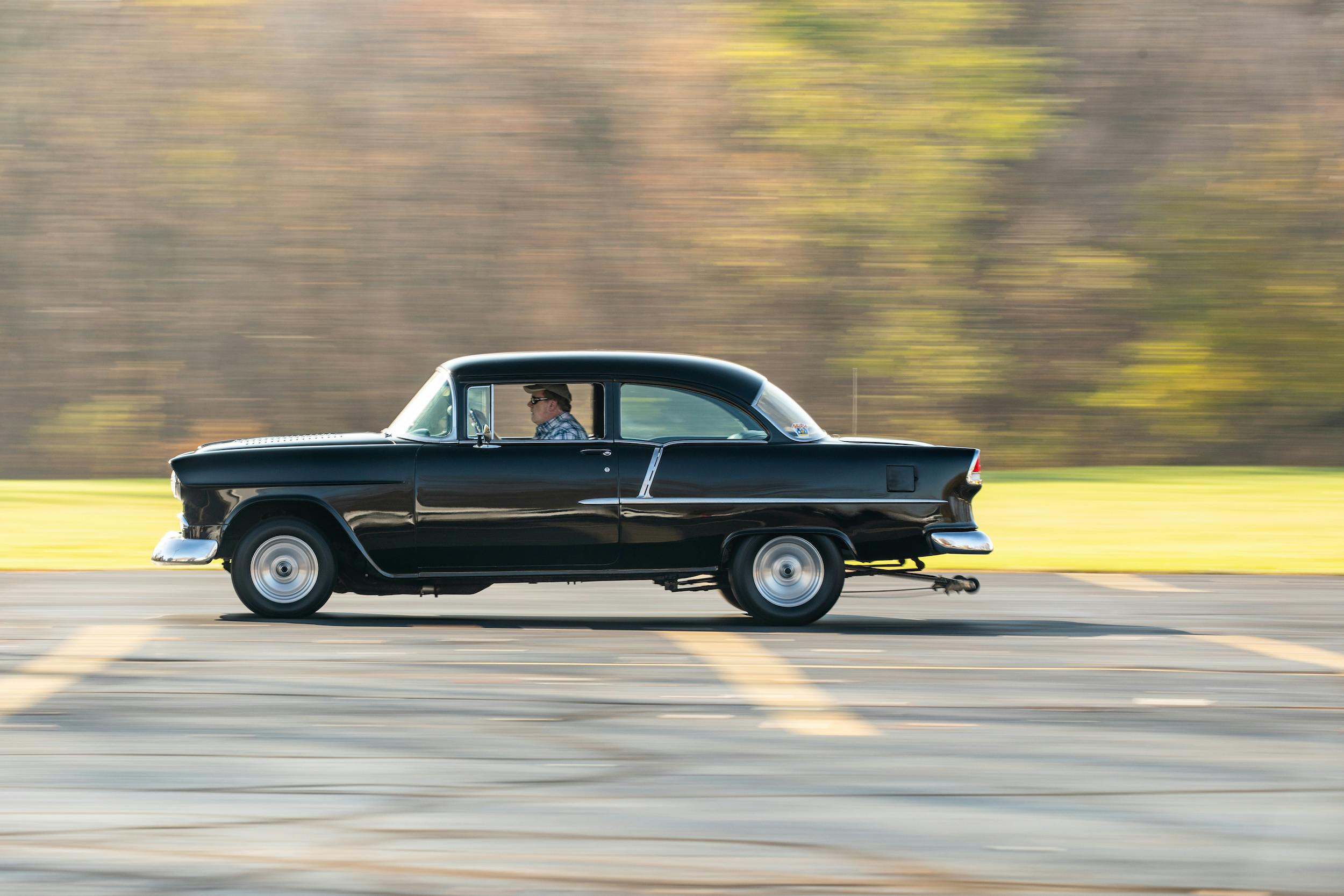

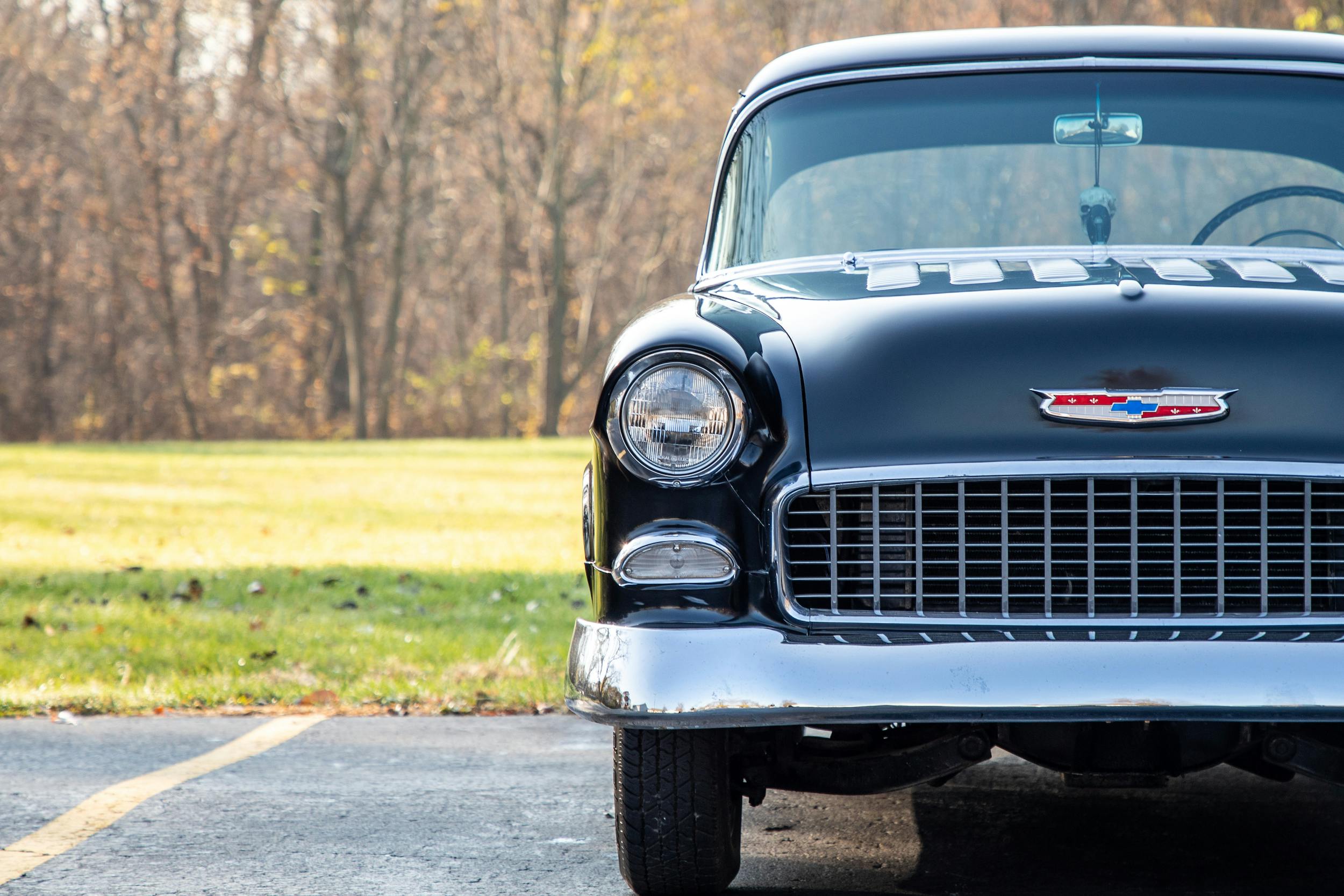

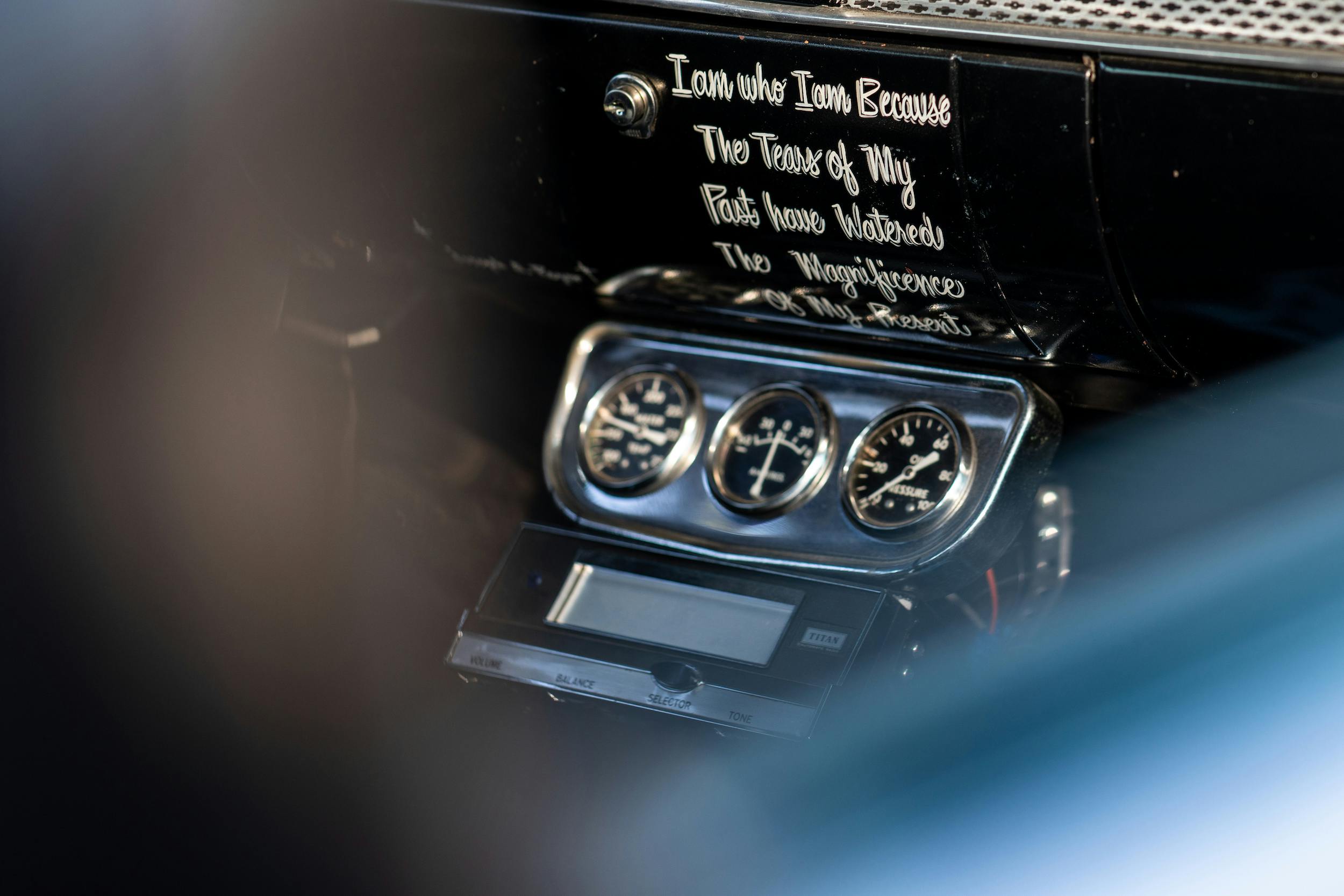


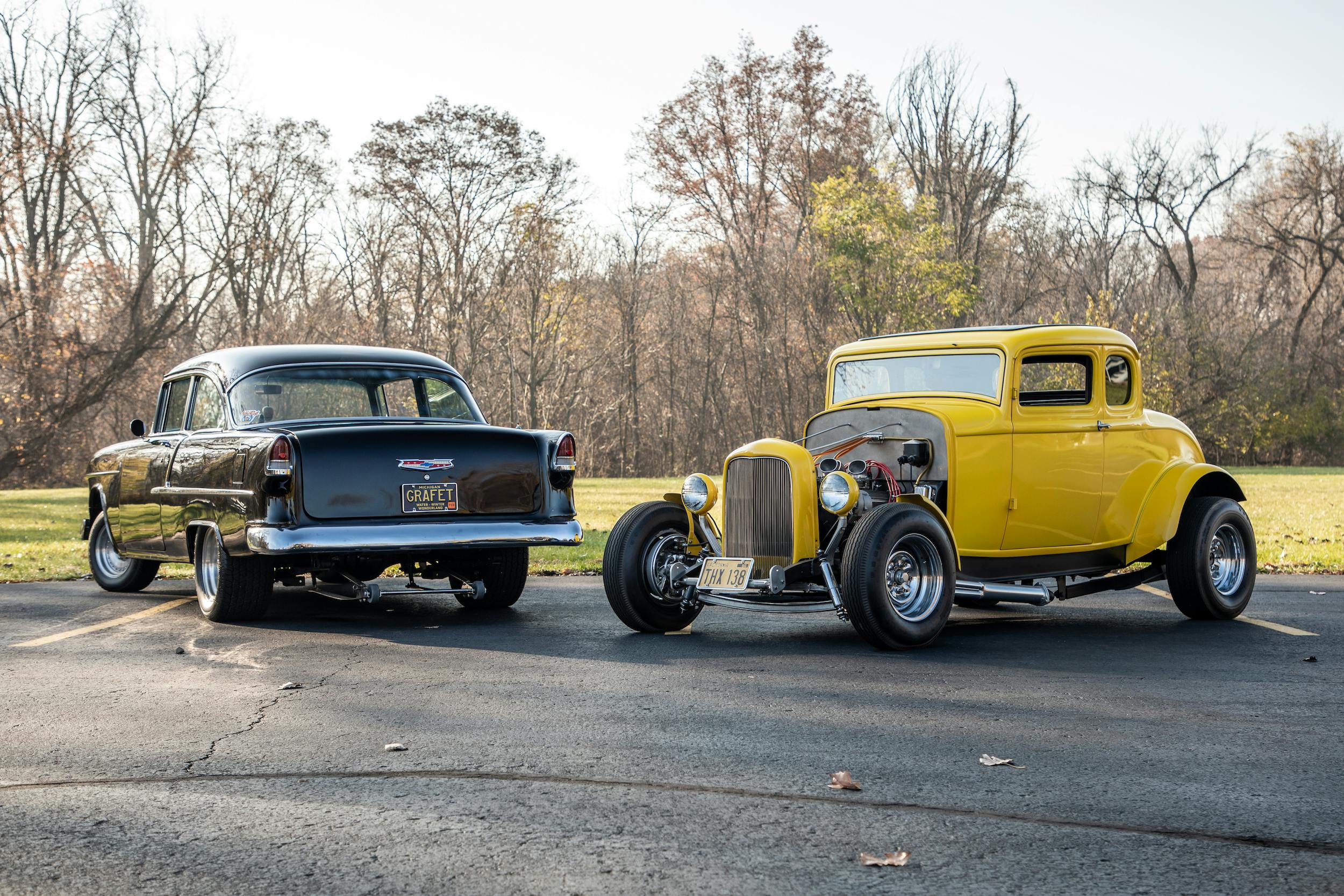


My Graffiti memory was my Mother and Aunt taking me to see this movie. We even saw it in a period correct theater for the 50’s. It was my first movie that was not G rated.
My mother said I would like it because it was about the time she grew up. I was young and it did not really register. But even at the young age I was a car crazy kid so that just captured all I needed to know.
I have always thought it would be fund to build a coupe. Johns car or the California Kid were my dream cars. They both are classics that were not over done. The Milner coupe is pure classic coupe. While the movie car looked better than the many real ones back in the day it did capture how they were built.
Moving on I got to work at Hot August Nights one year for work. I was lucky as we were in a parking lot with a tent and I had Bo Hopkins and Candy Clark with me the last 3 days of the event. We also had the Suzan Sommers T bird. It was fun to watch the people come up and meet the starts and it was fun to just get to hang with them.
Bo also was a bad guy on Falcons Crest. One woman came up to him and said you were not a very nice person on that show. He looked up and in his accent said mam I was deeply miss understood.
That movie became kind of the pattern for my life in cars as many things in the movie were things we had happen in similar ways as we got older.
We never pulled an axle out of a police car or drug anyone from the bumper but we had our own adventures that could have made a movie of their own only of the early 80’s.
I live near Petaluma where the movie was shot. Last Saturday they had 50th anniversary car show with over 600 cars and about 10 Milner replicas. Candy Clark and Bo Hopkins used to be there every year signing autographs. Unfortunately Bo passed away last year and didn’t see Candy anywhere. We’re all getting older.
Hello,
This is Nick Coe. One name was incorrect. Dan Griffin was a wonderful help on this build. We couldn’t have done it without his experience and patience. All the best! Nick
Gotcha, Nick! Thanks.
Well it would have been better if he would have put a ford engine in the 32 coup he ruined the car by putting a crap chevy engine in it why does people do that if you’re a Chevy man stay with Chevy and quit ruined fords image that’s my opinion.
Then it wouldn’t have been an exact replica of the movie car.
If you haven’t seen the movie your opinion is a valid one, but if you’ve seen the movie, you weren’t paying attention just as you weren’t paying attention to the theme of the entire article!
Great car, well done sir.
100% correct! Keep it in the family!
Aside from the grammar, you must know that all across North America, these Fords run Chevy small blocks and have done so for decades. Get in the game…
Just found AG on Netflix – I think I’ll watch it for the millionth time!
https://palmeter.com/amgrafindex/
I do remember going to see American Graffiti in the theater, summer of 73. First time I went to a movie by myself…
A fun movie that came out the year i was born so by the time I saw it it was even further down the road of time.
I was a teenager living in Petaluma, CA at the time of the filming, fairly close to “Paradise Road.” Not only did a bunch of us watch the filming downtown (bummed that I missed the “ripping out the cop car’s rear axle” scene), but could hear the Milner / Falfa race scene going on late night / early morning near my house. Also, some of my classmates were extras in the “School dance” scene. Great times… great memories.
I was at the Woodward dream cruise in Detroit one year. Went to Duggan`s on Friday night and met Paul and Cindy doing autographs. Had a nice chat and got 2 nice pics of them in their cars. p.s. been to every dream cruise since it started.
I saw the movie in ’73. I had just turned 10. A schoolmate and I went to see i t. Our first PG movie! And they let 2 ten year olds in! Same result for me – I was hooked. On the cars, on the music and on the girls! (: But it was that ’32 Ford that really hooked me. My dream is to get one someday. Probably need a winning lottery ticket first. I sit here typing this at my work desk with 1:18 scale models of each of the cars on shelf next to me!
Please keep bringing us stories like this. Maybe next ?? Where are the cars today used in THX 1138 ? Ha
I grew up in a town, north of Boston, Massachusetts, that had a long street named Paradise rd. In 1970 I drove a 1954 Pontiac Chieftain out to California. I had hitch hiked through Modesto and Turlock, where the movie had it’s setting. By 1973 I was back living in Boston, and one night I was walking by a movie theater, and saw that American Graffiti poster and immediately walked in to check it out. It was a weekday night so the theater wasn’t even half filled. From the first frames to the rolling of the credits, I was mesmerized. I walked home to my fourth floor one room, in a brown stone, and wrote a rock and roll song called, “Some of Us are Still Alive.”
Joe’s ’55 Chevy looks like a 210, not a 150. Too much chrome.
But great story and memorable movie.
Great story, great cars, great movie.
Great story and great cars. I was just back from Vietnam when the movie came out, and having grown up in the 60’s, it really resonated with me. I even had a ’55 Chevy 2 door much like the one in the movie, but always loved the Duece coupe — even though I would have preferred a 3-window over the 5-window version that was in the movie — I would love either one.